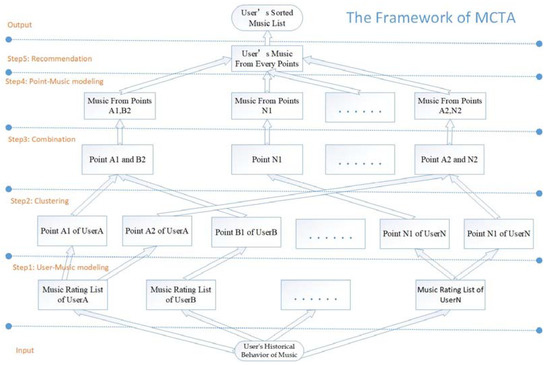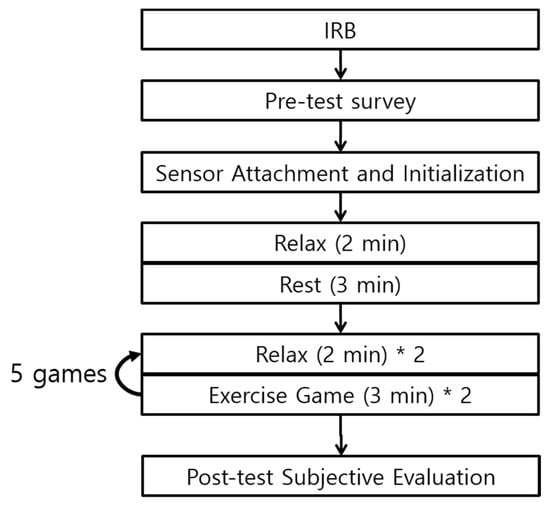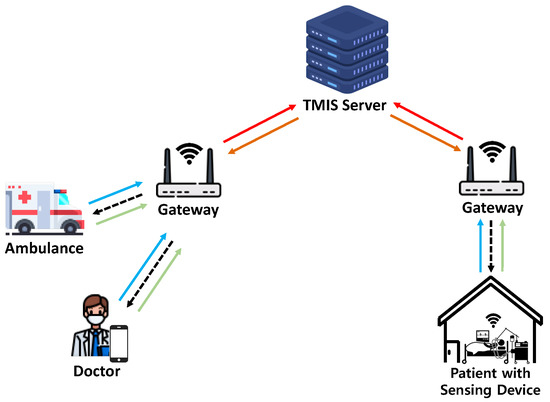Electronics 2022, 11(19), 3100; https://doi.org/10.3390/electronics11193100 - 28 Sep 2022
Cited by 5 | Viewed by 1924
Abstract
System identification (SI) is the discipline of inferring mathematical models from unknown dynamic systems using the input/output observations of such systems with or without prior knowledge of some of the system parameters. Many valid algorithms are available in the literature, including Volterra series
[...] Read more.
System identification (SI) is the discipline of inferring mathematical models from unknown dynamic systems using the input/output observations of such systems with or without prior knowledge of some of the system parameters. Many valid algorithms are available in the literature, including Volterra series expansion, Hammerstein–Wiener models, nonlinear auto-regressive moving average model with exogenous inputs (NARMAX) and its derivatives (NARX, NARMA). Different nonlinear estimators can be used for those algorithms, such as polynomials, neural networks or wavelet networks. This paper uses a different approach, named particle-Bernstein polynomials, as an estimator for SI. Moreover, unlike the mentioned algorithms, this approach does not operate in the time domain but rather in the spectral components of the signals through the use of the discrete Karhunen–Loève transform (DKLT). Some experiments are performed to validate this approach using a publicly available dataset based on ground vibration tests recorded from a real F-16 aircraft. The experiments show better results when compared with some of the traditional algorithms, especially for large, heterogeneous datasets such as the one used. In particular, the absolute error obtained with the prosed method is 63% smaller with respect to NARX and from 42% to 62% smaller with respect to various artificial neural network-based approaches.
Full article
(This article belongs to the Special Issue Machine Learning in Electronic and Biomedical Engineering, Volume II)
►
Show Figures













